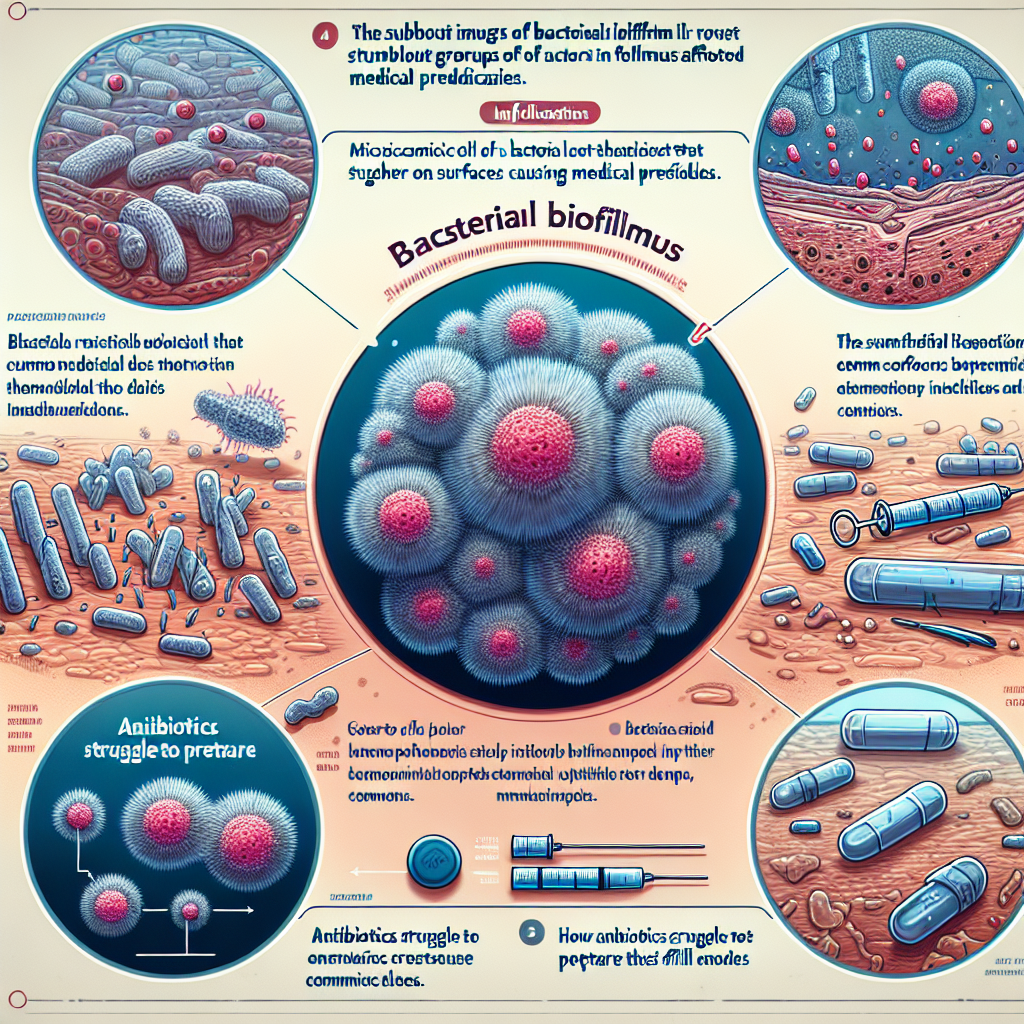Understanding the differences between viruses and bacteria is crucial for anyone seeking to navigate the complexities of health and disease. Many individuals often confuse these two pathogens, leading to misconceptions that can affect treatment choices and health outcomes. In a world where misinformation spreads as rapidly as illness, possessing a clear understanding of these differences is essential for making informed decisions. This article aims to illuminate the distinct characteristics that differentiate viruses from bacteria, and how these distinctions affect health and medical treatment.
Distinguishing Characteristics of Viruses and Bacteria
Both viruses and bacteria are microscopic entities that can cause diseases, but they are fundamentally different in structure, replication, and function. Bacteria are single-celled organisms with a cellular structure that includes a cell wall, membrane, and genetic material in the form of DNA. They can survive independently in various environments, including soil, water, and even within the human body. This independence allows them to thrive outside a host, meaning many bacteria are harmless or even beneficial for human health, contributing to processes such as digestion and immunity.
Conversely, viruses are much smaller than bacteria and are not considered living organisms since they lack cellular structures. They consist of a core of genetic material—either DNA or RNA—encased in a protein coat and sometimes a lipid envelope. Viruses cannot replicate on their own; they require a living host cell to reproduce, hijacking the host’s cellular machinery to produce new viral particles. This dependency on a host for reproduction is a defining characteristic that differentiates viruses from bacteria.
The implications of these structural differences are profound. For instance, while many bacterial infections can be treated with antibiotics, viruses are not affected by these medications. This distinction is crucial in clinical settings, where misdiagnosis can lead to inappropriate treatments, potentially worsening a patient’s condition or contributing to antibiotic resistance in bacteria. Understanding these key differences is vital for effective treatment and prevention strategies.
Implications of Viral and Bacterial Differences in Health
The differences between viruses and bacteria significantly influence how infections are treated, diagnosed, and prevented. For bacterial infections, healthcare providers often prescribe antibiotics, which are designed to target the unique structures and functions of bacterial cells. However, overuse or misuse of antibiotics can lead to antibiotic-resistant strains, posing a severe public health risk. This highlights the importance of accurate diagnosis and treatment plans that consider the type of pathogen involved.
In contrast, viral infections require a different approach. Antiviral medications, which are specifically designed to inhibit viral replication, may be employed in certain cases, but many viral infections are self-limiting and resolve without treatment. Vaccination is one of the most effective strategies to prevent viral infections, offering immunity against specific viruses before exposure. Understanding whether an illness is viral or bacterial can guide individuals in seeking appropriate care, avoiding unnecessary treatments, and taking preventive measures.
Moreover, awareness of the differences between these pathogens can lead to better practices in public health and personal hygiene. For example, since viruses often spread through respiratory droplets in the air, measures like wearing masks and practicing social distancing become crucial during outbreaks. In contrast, bacterial infections may spread through contaminated surfaces, emphasizing the importance of hand hygiene and sanitation. By recognizing these distinctions, individuals can adopt more effective health practices, ultimately reducing the spread of infections.
The differences between viruses and bacteria are essential knowledge for anyone keen on maintaining their health and making informed medical choices. By understanding these distinctions, you empower yourself to recognize when to seek treatment and what type of care is appropriate for your condition. As we continue to navigate the complexities of infectious diseases, embracing this knowledge will enhance your ability to protect yourself and your community. For more insights into health and wellness, consider diving deeper into related topics, exploring preventive measures, and staying informed about the latest advancements in medical science.
Essential Strategies for Preventing Viral Infections EffectivelyEssential Strategies for Preventing Bacterial InfectionsUnderstanding the Mechanisms of Virus and Bacteria TransmissionRelevant LinkRelevant LinkRelevant LinkUnderstanding Lower Back Pain Linked to COVID-19: Insights and ManagementUnderstanding COVID-19: Navigating Loss of Appetite ChallengesUnderstanding COVID Laryngitis: Symptoms, Causes, and TreatmentRelevant LinkRelevant LinkRelevant Link


